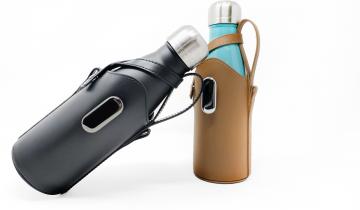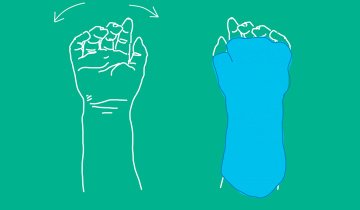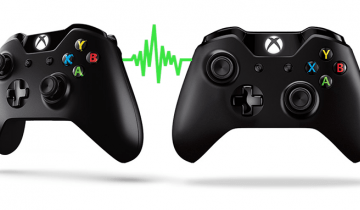Bimanual therapy, also referred to as intensive bimanual training, engages patients in active play or practice to improve the use and coordination of both hands. Bimanual therapy is different from similar unimanual therapies, like constraint-induced movement therapy (CIMT), because it promotes simultaneous use of both hands.
CPF Executive Director Rachel Byrne and occupational therapist Lorene Janowski discuss OT at home.

Compatible with the FFORA Attachment (an attachment that affixes to the tubing of manual wheelchairs) behold the New FFORA Bottle Holder & FFORA Bottle, allowing you to carry your H2O or favorite beverage in style!

Upper limb therapies and interventions have been well studied in cerebral palsy. Different interventions that have good evidence are Constraint Induced Movement Therapy (CIMT) and Bimanual Therapy. CIMT has been shown to be successful in children with hemiplegic cerebral palsy (CP). CIMT uses a splint to physically constrain the uninvolved arm and encourage them to use the more involved or affected arm.

Xbox One’s new copilot feature allows two users to share one controller by combining the input from two controllers, so that two people can play as one. “Now folks with disabilities who need someone else to handle certain actions can turn what would be a cumbersome task into a co-op experience of sorts, ” explained Scott Henson from the Xbox engineering team.

